How Schools Can Support HIV Testing Among Adolescents
Getting tested for HIV is an important step toward prevention; however, testing rates among high school students are low. Schools are important partners in supporting HIV testing among adolescents.
Because schools reach millions of students in grades 9–12 every day, they are in a unique position to help educate students about HIV and link them to confidential health services that include HIV testing, counseling, and treatment.
Why Schools?
- SCHOOLS have direct contact with about 16 million high schoolstudents every day1 during the most critical years of their social, physical, and intellectual development.
- SCHOOLS play a key role in supporting HIV testing among students and linking them to confidential health services.
- SCHOOLS support and promote the health and safety of students and help them establish lifelong healthy behaviors.
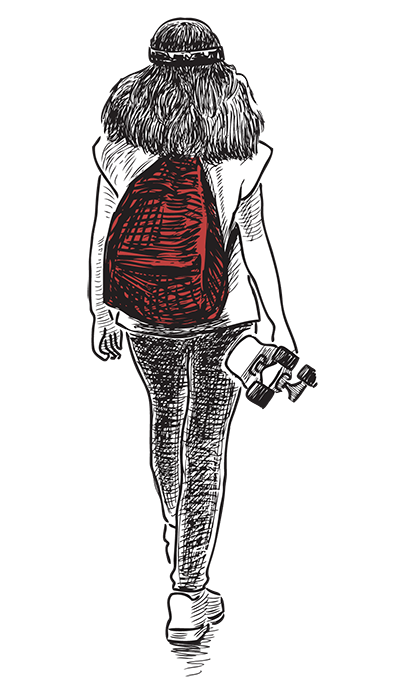
Why should adolescents get tested for HIV?
Many adolescents engage in behaviors that put them at risk for getting HIV. Compared to other age groups, adolescents are among those least likely to know whether they have HIV. CDC recommends HIV testing for adolescents.2,3
It is important for adolescents to know their HIV status so they can take precautions to protect their health or take medicine to treat HIV if they have the virus.
Taking HIV medicine every day can make the viral load (the amount of HIV in the blood) undetectable. Adolescents who get and keep an undetectable viral load have effectively no risk of transmitting HIV, and they also experience better health.

Students who are TAUGHT ABOUT HIV IN SCHOOLS are more likely to be tested for HIV.
Many youth in the U.S. are living with HIV…

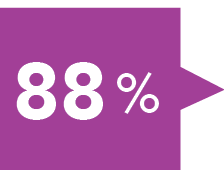

But often do not know their status…
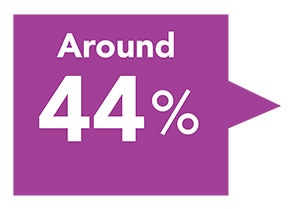
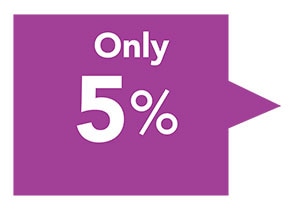
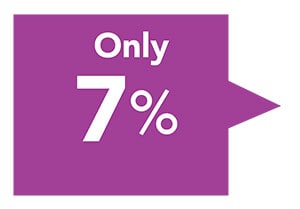

Many students engage in behaviors that put them at risk…
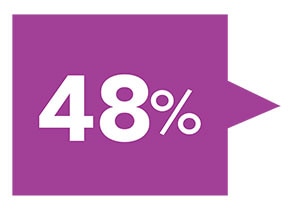
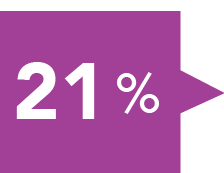
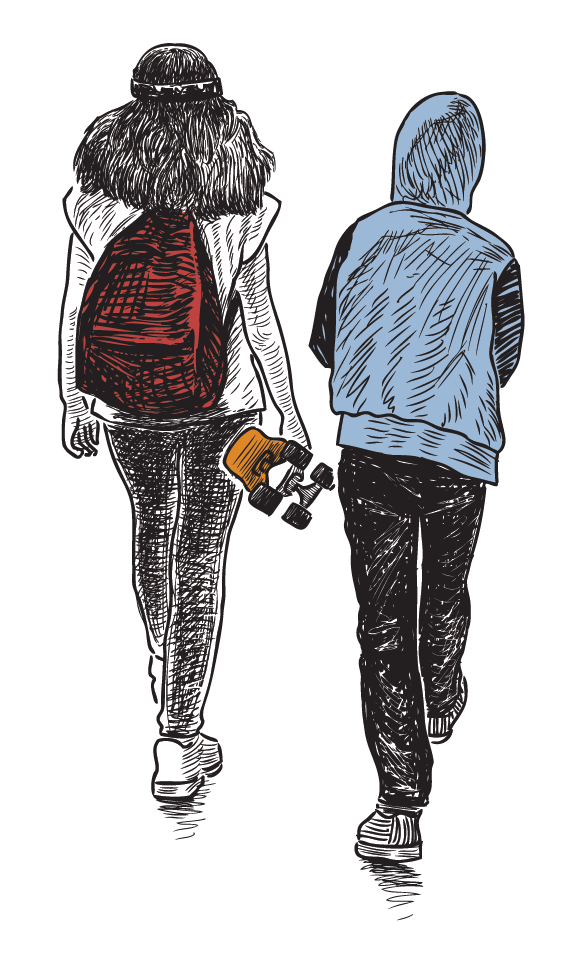
How can schools encourage students to get tested for HIV?
- Access and use health risk behavior data.
- Access Youth Risk Behavior Survey (YRBS) data on national, state, and local trends in HIV testing, STD testing, and health risk behaviors and experiences among high school students.
- Use surveillance data to create school programs, policies, and practices.
- Teach students about HIV and other sexually transmitted diseases.
- Educate students about HIV and other sexually transmitted diseases, to support their likelihood of being tested.
- Enhance HIV prevention curricula by including information on locations and procedures for obtaining free or low-cost confidential testing and other health services.
- Connect students with health services that include HIV testing, counseling, and treatment.
- Increase awareness of student sexual health needs by providing medically accurate information to district and school staff, community partners, parents, and families.
- Raise student awareness of the need for and availability of health services.
- Establish a referral system that helps link students to youth-friendly healthcare providers.
- Encourage students and their families to talk about HIV.
- Provide families with information and skills they need to support healthy attitudes, behaviors, and environments.
- Help families identify unique opportunities to have conversations with their students.
- Digest of Education Statistics. U.S. Department of Education, National Center for Education Statistics; 2022. Accessed May 4, 2023.
- CDC. Revised recommendations for HIV testing of adults, adolescents, and pregnant women in health-care settings. MMWR 2006;55(RR-14):1-24.
- U.S. Preventive Services Task Force. Human Immunodeficiency Virus (HIV) Infection: Screening. June 2019.
- CDC. Diagnoses of HIV Infection in the United States and Dependent Areas, 2021. HIV Surveillance Report 2023;34.
- CDC. Estimated HIV Incidence and Prevalence in the United States, 2017–2021. HIV Surveillance Supplemental Report 2023;28(3).
- CDC. Youth Risk Behavior Survey: Data Summary & Trends Report 2011-2021. Published April 2023. Accessed May 4, 2023.
- CDC. YRBS Explorer: Explore Youth Risk Behavior Survey Questions—United States, 2021. Retrieved May 4, 2023.